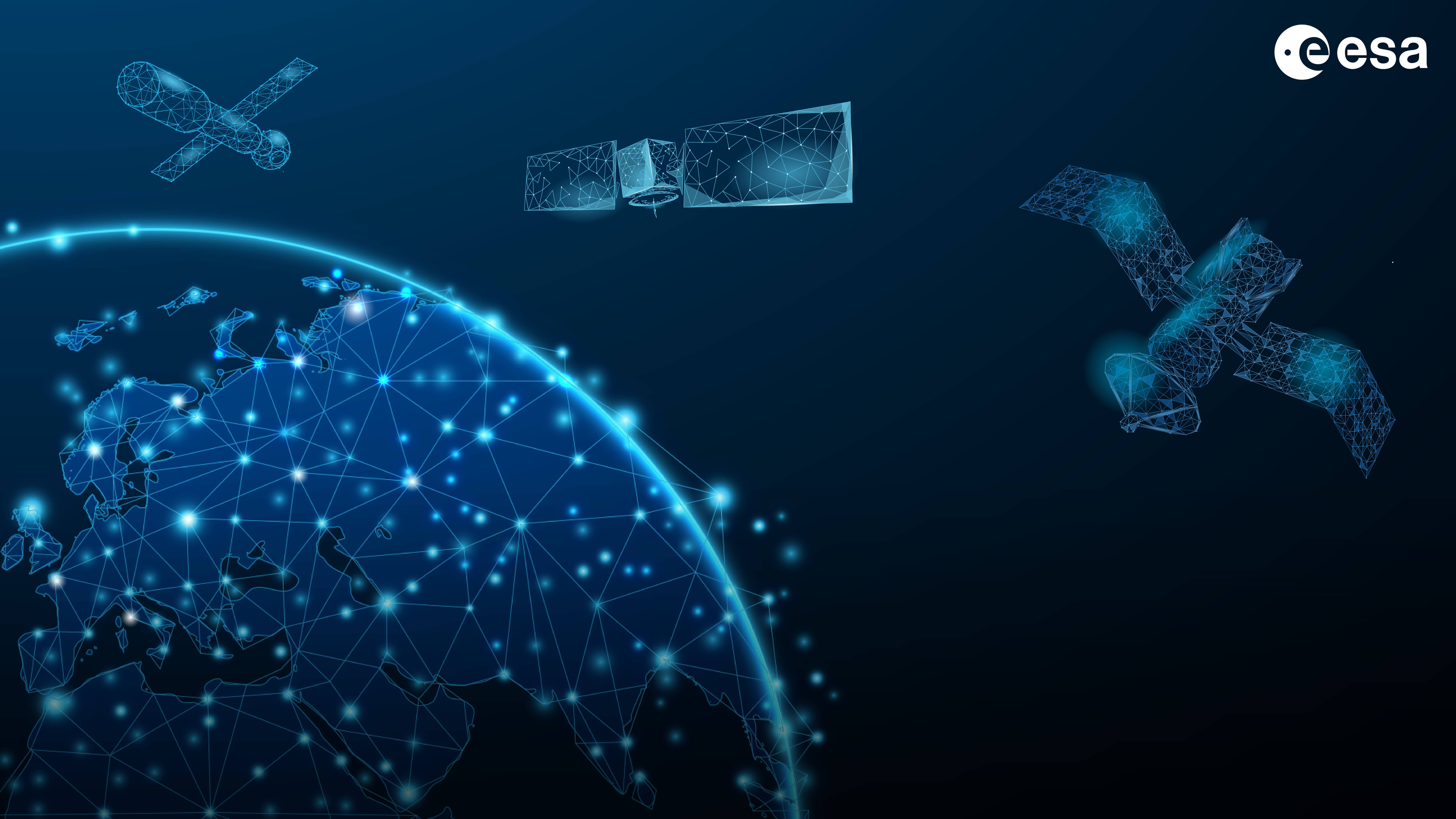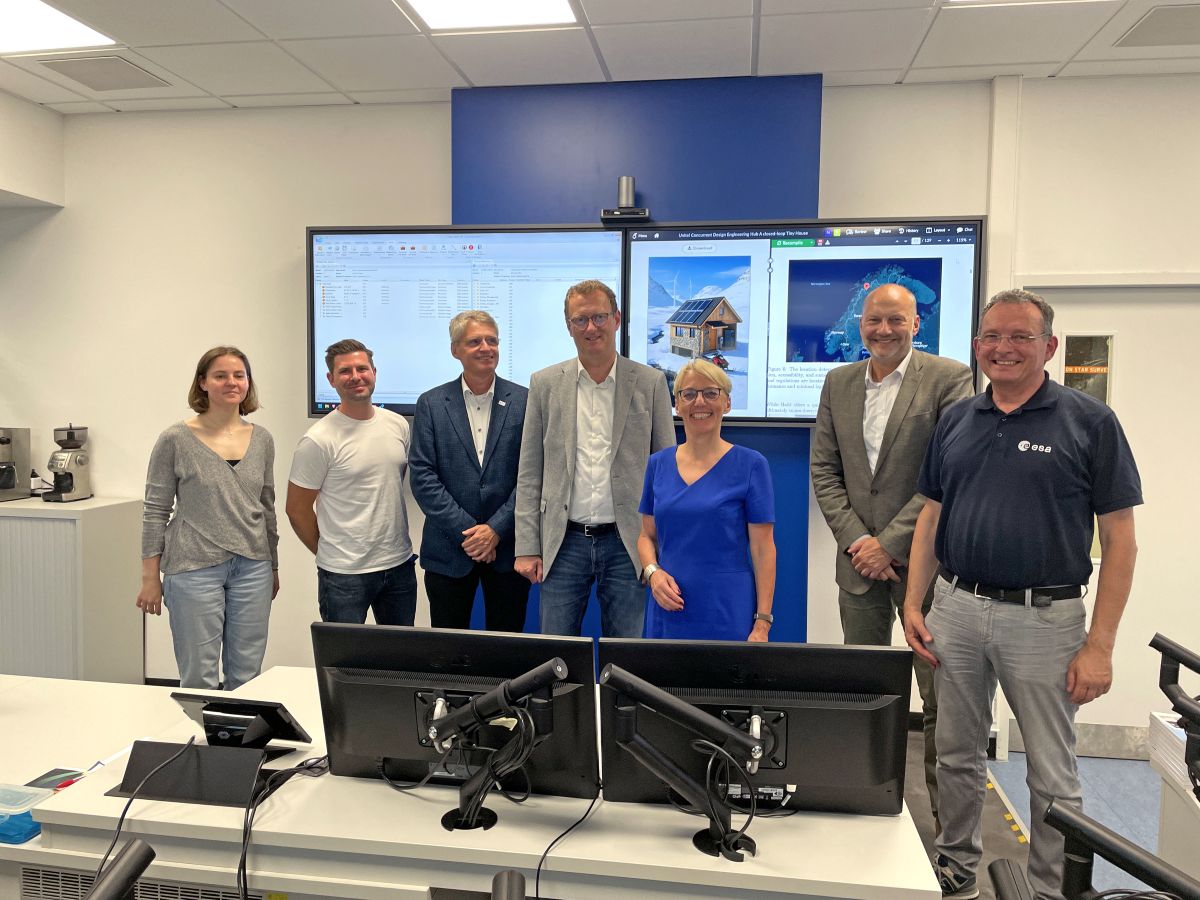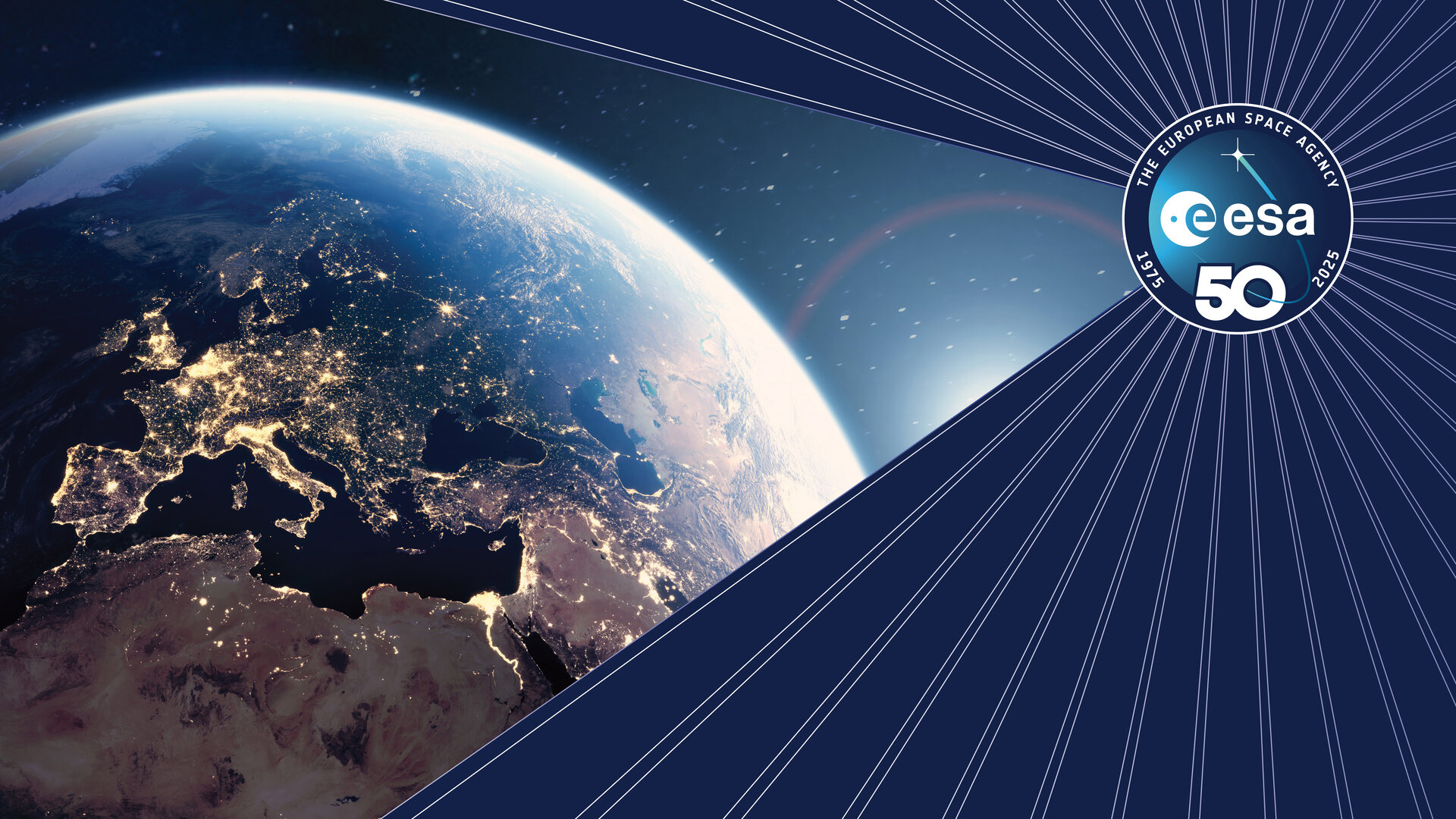ESA releases the building block of an open database of satellite anomalies
To propel machine-learning applications, ESA is releasing the first open, large-scale, real-life satellite telemetry anomaly dataset.
Solar arrays power regulators switch off, video processing unit reset, attitude disturbances…Throughout its life after launch, a spacecraft is subject to several unexpected behaviours that can lead to loss of scientific data, inadequate performance, and sometimes triggering of spacecraft safe mode, which typically entails a challenging recovery.
An essential aspect of the automation of space operations is the monitoring of processes to detect anomalies, a task often entrusted to human operators possessing deep system knowledge. However, manual anomaly detection is arduous and demands intense concentration due to anomalies’ rarity amidst vast data volumes.
Analysing satellite telemetry using machine learning can be revolutionary when automating mission operations. However, understanding what machine learning approach works best can be a tricky process as data are not standardised, they are proprietary, not curated or simply not available.
In a pioneering move, ESA is filling this gap by making available to the public the first large-scale, real-life satellite telemetry anomaly dataset. It contains approx. 31 GB of data from 3 ESA missions. The dataset is duly “translated” for community use, with anomalies curated and annotated.
“The need for innovative methods to tackle challenges like learning infrequent nominal events and reducing false alarms is evident. Our efforts could serve as a catalyst for the creation of a future anomaly repository. We aim to set a new benchmark in the field and become a model for other agencies and operators to emulate. Our work fulfils a broader requirement within the space community to devise novel, computationally efficient techniques for anomaly detection in satellite telemetry data,” states Gabriele De Canio, ESOC Transformation Officer.
“Potential applications of our work may help both industry and academia in developing novel AI approaches and models to effectively and efficiently identify anomalies in satellite telemetry. We aspire for our contributions to spark greater interest within the scientific community on this subject, which poses substantial research challenges and opportunities.”
This project is the result of a fruitful partnership between Airbus Defence and Space, KP Labs and the European Space Agency’s European Space Operations Centre. The project, funded by the European Space Agency (ESA), is part of the Artificial Intelligence for Automation (A²I) Roadmap.
- Paper on the arXiv: https://arxiv.org/abs/2406.17826
- Data (Zenodo): https://doi.org/10.5281/zenodo.12528696
- Code (Github): https://github.com/kplabs-pl/ESA-ADB



